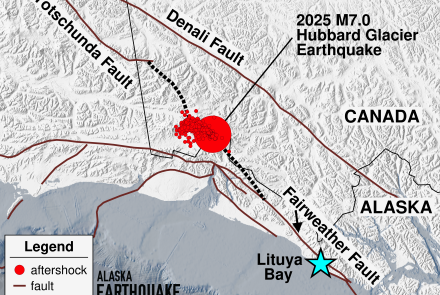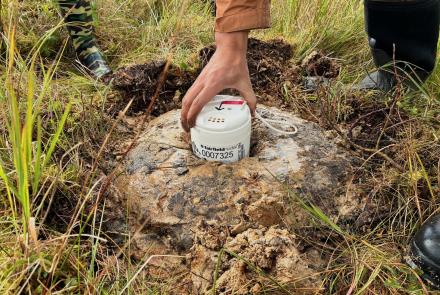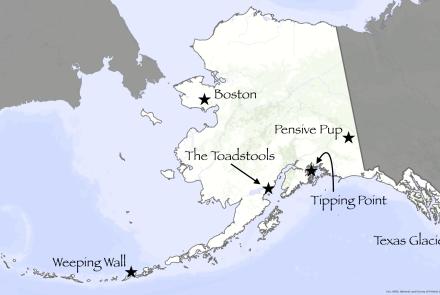Where the Thunder Rolls
"My fool travel agent," I overheard a tourist say the other day, "said Alaska doesn't have thunderstorms. I wish she was here to see and hear this." We were sheltered in a supermarket entryway near Fairbanks at the time, and indeed the downpour, rumbles, and flashes outside would pass as a thunderstorm anywhere in the world.
Yet the misguided travel agent was only partly wrong. In much of Alaska and neighboring parts of Canada, thunderstorms are exceedingly rare or virtually nonexistent. In other parts, as that tourist learned, a typical summer is well punctuated with thunder and lightning.
It's not the crossed fingers and longings of impatient fire-fighting teams that brings more thunderstorms to the Interior. It's a matter of relative temperatures at the earth's surface and in the sky above, and of the air's water content
Envision a good hot day in the Interior. There may be clouds overhead, but the sun is baking the ground surface. The ground heats up, warming the air near the surface. Warm air rises; an updraft occurs.
As the updrafting air rises, it encounters cooler air above. Chilled a bit, the air can't hold as much moisture as it did when it was warmer. Condensing on any particle, the moisture forms droplets, and a cloud appears.
If the nearby air is dry, the result may be a puffy, short-lived cloud. If the moisture content of the middle air--the air at cloud height--is high, and if the air temperature decreases rapidly with increasing altitude, minor updrafts can develop into major convective flows. Tall thunderheads, towering pillars of cloud thousands of feet high, develop as the moisture-laden air rushes up above the altitude where the temperature drops to freezing.
In the upper levels of the thunderhead, the contained water is forming not only droplets but ice particles. When enough of these drops and particles congeal and grow, their weight overcomes the buoyant lift of the upward-flowing air. Rain, and sometimes hail, falls to the ground.
The falling particles drag against the surrounding air, pulling it down. The water and ice cool the descending air, accelerating the downdraft. At the earth's surface, this mature stage of a thunderstorm's life produces the maximum rain, lightning (with its attendant sound effects), and gusts of wind. By the time downdrafts dominate in the cloud, in about an hour or so, the storm's energy begins to dissipate. When the whole thing consists of nothing but descending air, the storm is pretty well over.
Clearly, to have a respectable thunderstorm, there needs to be a significant temperature difference between the ground surface and the middle air. During summer in the Interior, this can happen often enough. But nearly everywhere else in the state during summer, cold seas are close at hand. The mass of chilly water acts as a refrigerator, and the cool land and sea surfaces usually keep the air at ground level colder than the air above. That's a stable situation; it leads to fog and low-lying clouds, but there's nothing to drive the powerful updrafts necessary to create thunderstorms.
Probably no place in Alaska is completely free of thunderstorms; they've been reported (about every ten years) offshore to the north, out over the icepack. Yet, for travelers to Alaska who want to avoid thunder and lightning, the odds are greatly in their favor if they stick to the cool seashore---the cooler, the better. I'm told the Aleutians are very pretty this time of year, too.




